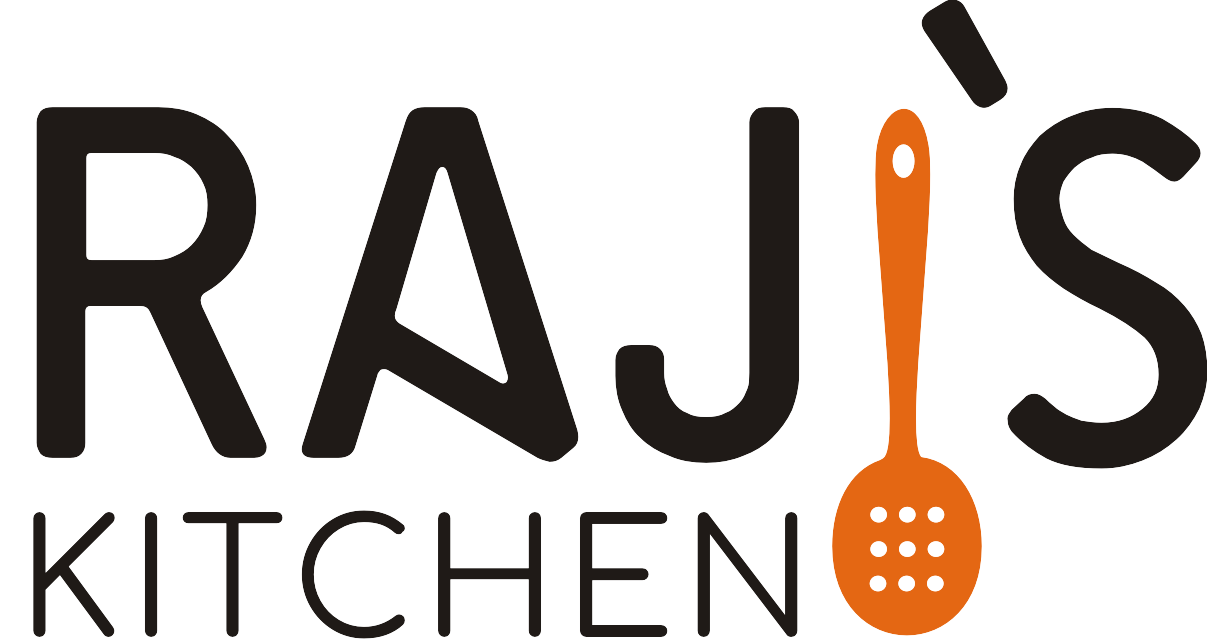Ancient grains that modern science rediscovers can transform your kitchen and your health
Have you ever thought how your grandmother was always a healthier person and she consumed simpler food? Perhaps, the solution is in the choice of grains. Although white rice has long held a dominant place in Indian cuisine, ancient millets that used to feed our ancestors are making an irresistible comeback.
At Raji's Kitchen, we believe in bringing back traditional wisdom with modern understanding. Today, let's explore why swapping your regular rice for millets could be the best decision you make for your family's health and taste buds.
What Are Millets? Understanding These Ancient Powerhouses
Millets are small-seeded cereals that have been cultivated for 4000 years. Millets can be cultivated in dry land with little water, unlike rice, which needs flooded lands. Our ancestors referred to them as nutri-cereals, and science is just confirming how right they were.
The most popular varieties include:
-
Finger millet (Ragi) – calcium-rich and perfect for growing children
-
Pearl millet (Bajra) – iron-packed and ideal for anemia prevention
-
Foxtail millet (Kangni) – blood sugar friendly
-
Little millet (Kutki) – fiber-rich digestive aid
-
Barnyard millet (Sanwa) – quick-cooking and versatile
The Rice Reality Check: What We're Eating
White rice that is commonly eaten is filling and a familiar food but has a different story to nutritional value. The rice becomes devoid of its bran and germ portions in the processing procedure- this is where most of the nutrients are found. All that is left after processing is mostly starch with little to no vitamins, minerals or fiber.
Previously, even the brown rice, which is nutritionally superior to white, could not compete with millets regarding its nutritional density. And rice farming needs water in massive volumes as well, around 2,500 liters per kilo of rice. This is more important than ever in our water-stressed world.
Nutritional Face-Off: Millets vs Rice
Protein Power
Whereas rice gives around 6-7 grams of protein in 100 grams, millets contain 7-12 grams. In cases of vegetarian families, this additional protein contributes a lot to their daily needs.
Fiber Factor
This is where the gap is dramatic. White rice has fewer than 1 gram of fiber in every 100 grams, and millets contain 8-12 grams. This fiber makes you stay full longer, promotes digestion, and prevents any drastic changes in blood sugar.
Mineral Magic
Millets are the mineral bombs:
-
Iron: Bajra has 8mg iron against 0.8mg in rice
-
Calcium: Ragi has 344mg and rice only 10mg
-
Magnesium: The level of magnesium is 3-4 times higher in most millets compared to rice
-
Phosphorus: This is necessary to help in bone health and in millets it is in plenty.
Advantage Glycemic Index
The glycemic index of most millets (35-55) is lower than that of white rice (73). This would result in more even energy and blood sugar balancing- this is essential to diabetics who need constant energy.
Health Benefits That Will Surprise You
Weight Management Made Easier
The high fiber and protein content in millets creates natural satiety. You'll find yourself eating smaller portions while feeling more satisfied. Many Raji's Kitchen community members report effortless weight loss after switching to millets.
Diabetes-Friendly Choice
Studies show that regular millet consumption can reduce diabetes risk by up to 15%. The slow-release carbohydrates prevent blood sugar spikes, making millets ideal for diabetic meal planning.
Heart Health Champion
The magnesium in millets helps regulate blood pressure, while the fiber works to lower cholesterol levels. Your heart will thank you for making this switch.
Gluten-Free Goodness
Unlike wheat, all millets are naturally gluten-free. For those with celiac disease or gluten sensitivity, millets offer safe, nutritious alternatives without compromising on taste or texture.
Bone Strength Builder
The calcium content in finger millet rivals that of milk. Growing children, pregnant women, and elderly family members especially benefit from this natural calcium source.
Overcoming Common Millet Myths
-
Millets taste bland – This couldn't be further from the truth! Each millet has a unique, nutty flavor. Proper preparation techniques (which we'll share) bring out delicious tastes that often surpass rice.
-
They're difficult to cook – Modern cooking methods make millets as easy to prepare as rice. Pressure cookers, rice cookers, and instant pots all work perfectly with millets.
-
My family won't accept them – Start gradually. Mix millets with rice initially, then slowly increase the millet proportion. Most families adapt within weeks.
-
They're expensive – While the initial cost might seem higher, millets' superior nutrition means you need smaller quantities. Plus, reduced medical expenses from better health make them economically smart.
Practical Switching Strategies
Week 1-2: Gentle Introduction
Start by replacing rice with millets for one meal daily. Breakfast is often easiest – try foxtail millet upma or ragi porridge.
Week 3-4: Mix and Match
Combine millets with rice in 1:1 ratio for your main meals. This maintains familiar textures while introducing new flavors.
Week 5-6: Full Transition
Gradually increase millet proportions until you're comfortable with 100% millet meals.
Cooking Tips for Success
-
Wash millets thoroughly, just like rice
-
Use slightly more water than rice (ratio 1:2.5 for most millets)
-
Let them rest for 5 minutes after cooking for the perfect texture
-
Add a pinch of salt and a few drops of oil while cooking for enhanced flavor
Environmental Impact: Your Planet Will Thank You
Choosing millets isn't just personal health – it's environmental responsibility. Millets require 70% less water than rice and improve soil health through nitrogen fixation. They're climate-resilient crops that can thrive in changing weather patterns.
By choosing millets, you're supporting sustainable agriculture and helping preserve biodiversity. It's a win-win for your family and the planet.
Making the Change: Your 30-Day Millet Challenge
Ready to transform your health? Here's your roadmap:
-
Days 1-10: Replace breakfast carbs with millet-based options
-
Days 11-20: Include one millet-based lunch weekly
-
Days 21-30: Experiment with millet-based dinners twice weekly
Track your energy levels, digestion, and overall well-being. Most people notice improvements within the first two weeks.
The Raji's Kitchen Promise
At Raji's Kitchen, we're committed to helping you rediscover the wisdom of traditional eating with modern convenience. Millets represent everything we stand for – health, sustainability, and delicious home cooking.
The choice between millets and rice isn't just about nutrition – it's about choosing a lifestyle that honors your health, respects the environment, and connects you with centuries of culinary wisdom.
Your journey toward better health starts with a single grain. Make that grain a millet, and watch as your energy soars, your health improves, and your taste buds discover new favorites.
Ready to make the switch? Your body, your family, and your planet are waiting for this positive change. Start today – your future self will thank you.

